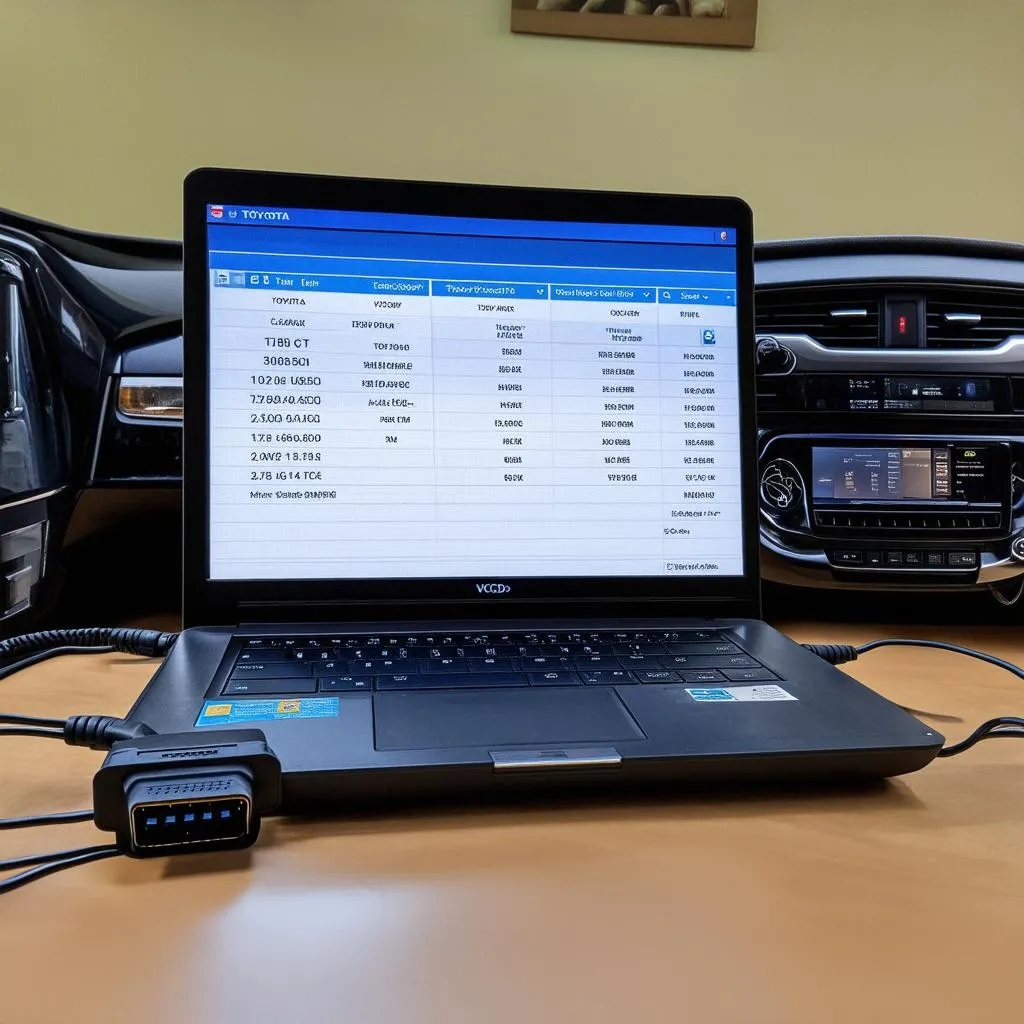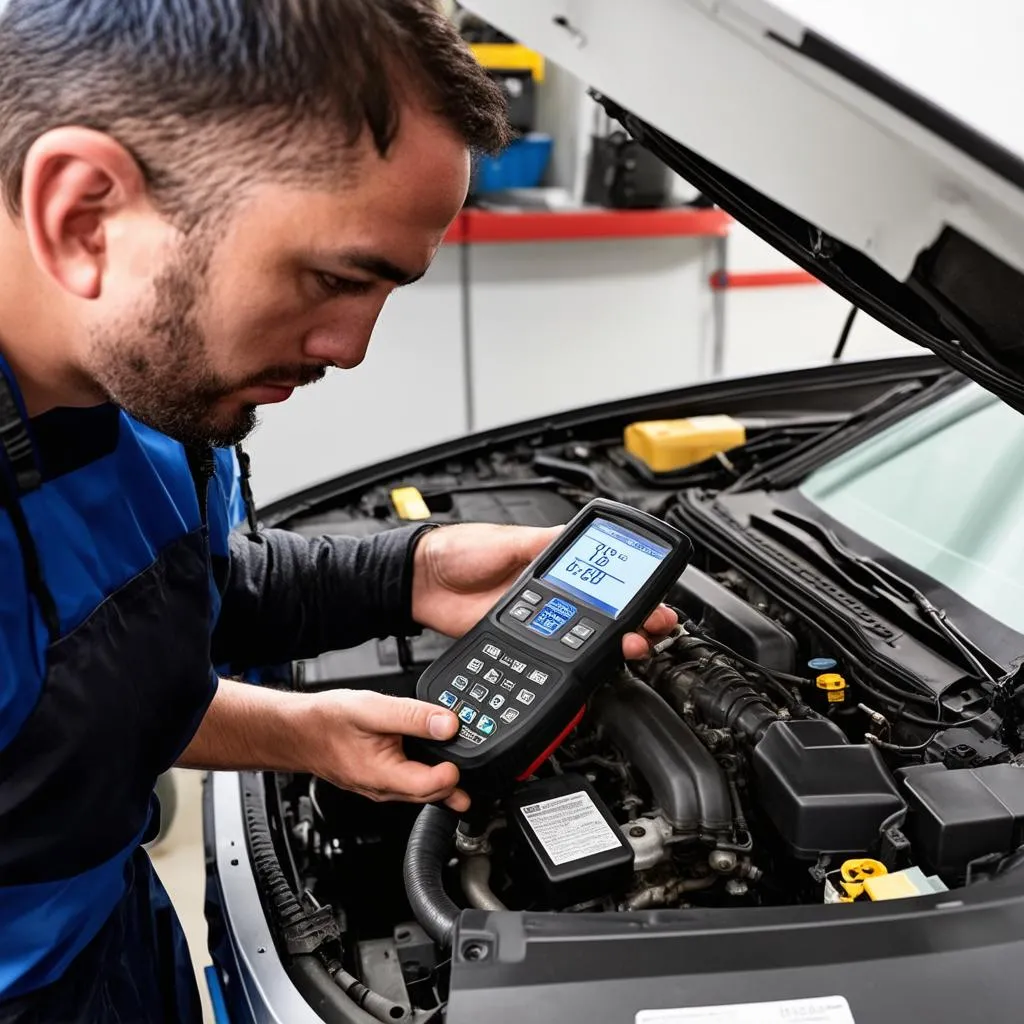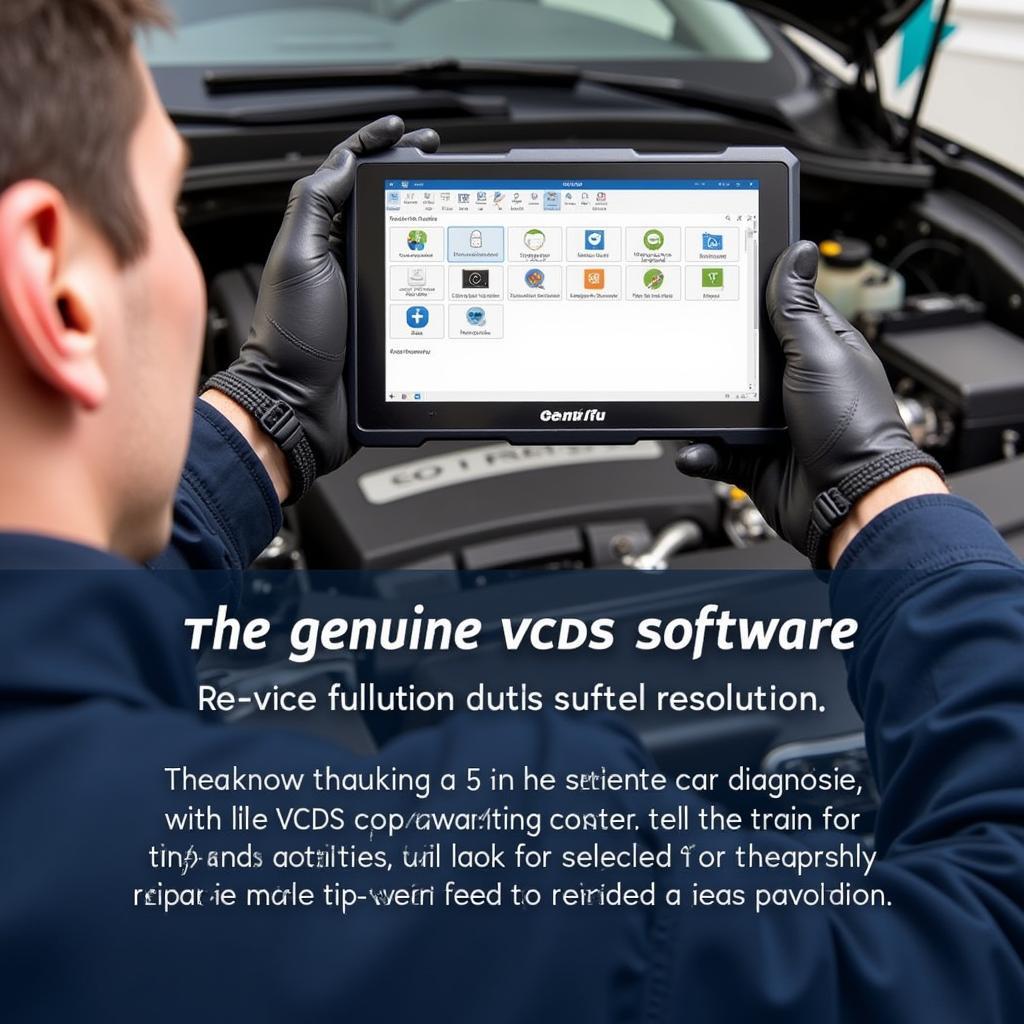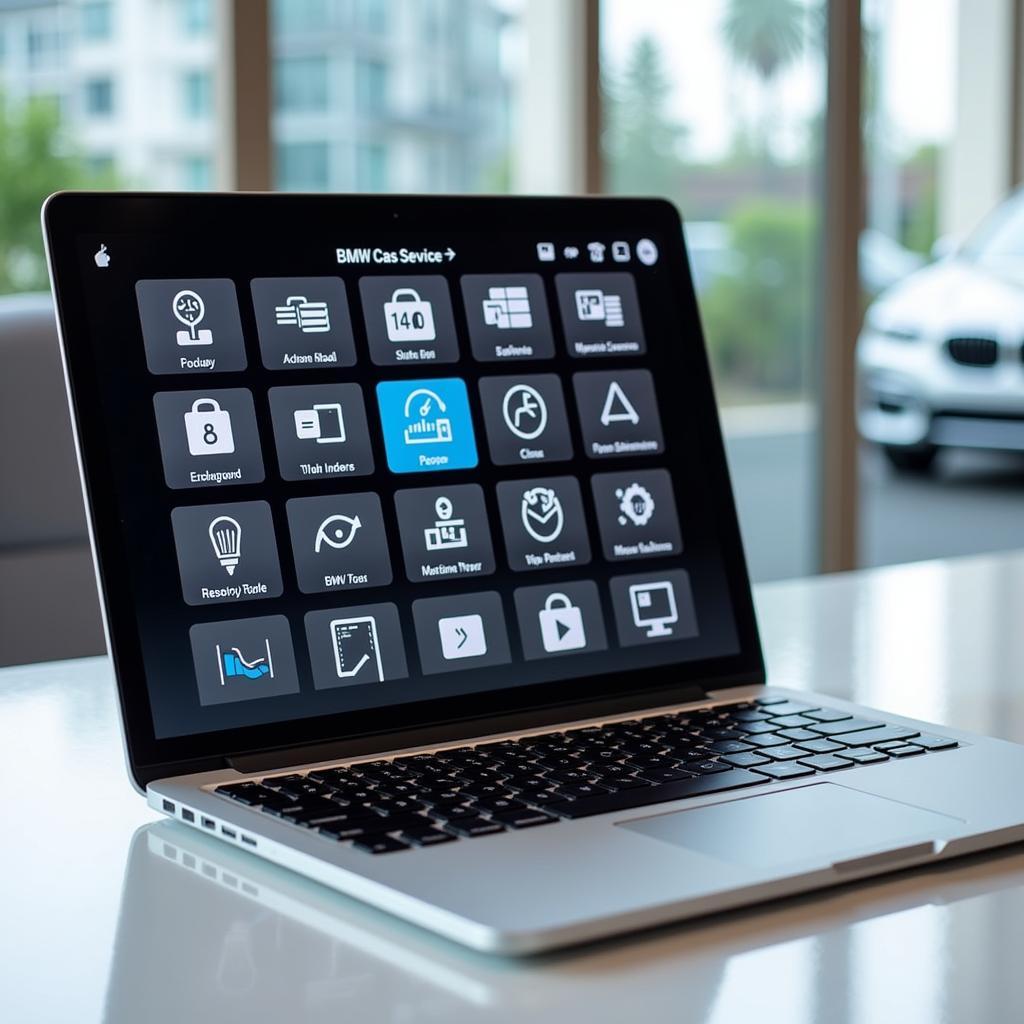In the intricate world of automotive repair, accurate diagnostics are paramount. For Toyota owners, enthusiasts, and seasoned mechanics, VCDS (Vag-Com Diagnostic System) often comes up as a potential solution. But how effective is VCDS when it comes to the intricacies of Toyota vehicles?
This comprehensive guide delves deep into the world of Toyota VCDS, exploring its capabilities, limitations, and addressing frequently asked questions to empower you with the knowledge needed for successful diagnostics and repairs.
Understanding VCDS and its Compatibility with Toyota
Originally designed for vehicles within the Volkswagen Audi Group (VAG), VCDS is a powerful diagnostic software renowned for its in-depth module access and coding capabilities. While not explicitly designed for Toyota vehicles, VCDS leverages the OBD-II standard, a universal system present in most modern cars. This means that VCDS can connect to and communicate with Toyota vehicles to a certain extent.
Delving into Functionality: What Can VCDS Do on a Toyota?
When it comes to Toyota vehicles, VCDS can perform a range of diagnostic tasks, including:
- Reading and Clearing Fault Codes: Identify and clear Diagnostic Trouble Codes (DTCs) stored in your Toyota’s Engine Control Unit (ECU) and other modules.
- Live Data Monitoring: View real-time sensor data streams, providing insights into engine performance, emissions, and other vital parameters.
- Basic Settings and Adaptations: Access and perform basic settings and adaptations for certain modules, such as throttle body alignment.
Expert Insight: “While not as comprehensive as Toyota-specific tools, VCDS offers a surprising level of functionality for basic diagnostics on Toyota models, especially for general OBD-II tasks like reading and clearing engine codes.” – [Expert Name], author of [Book Title]
 VCDS Connected to Toyota OBD-II Port
VCDS Connected to Toyota OBD-II Port
Limitations to Consider: Where Toyota VCDS Falls Short
While VCDS offers valuable diagnostic capabilities for Toyota, it’s crucial to acknowledge its limitations:
- Limited Module Coverage: Unlike dedicated Toyota software, VCDS may not provide access to all control modules within a Toyota vehicle. This can limit your ability to diagnose and troubleshoot issues related to certain systems.
- Coding and Programming Restrictions: VCDS’s strength in coding and adaptations is primarily tailored towards VAG vehicles. When it comes to Toyota, advanced coding and programming functions are often restricted.
- Model-Specific Variations: The level of VCDS compatibility can vary significantly between Toyota models and model years. Newer Toyota vehicles might have more advanced systems and protocols that VCDS may not fully support.
Navigating Toyota-Specific Diagnostics: Alternatives to Consider
For comprehensive diagnostics, coding, and programming on Toyota vehicles, it’s generally recommended to opt for Toyota-specific tools and software. These include:
- Toyota Techstream: The official diagnostic software from Toyota, providing unparalleled access and functionality for all Toyota models.
- Third-Party Toyota Scanners: Reputable aftermarket options offering a balance between functionality and affordability.
Frequently Asked Questions about Toyota VCDS
Here are answers to common questions users have about using VCDS on Toyota vehicles:
Q: Can I use VCDS to reset the service light on my Toyota?
A: In most cases, yes. VCDS can often reset basic service reminders on Toyota vehicles, but the specific procedure may vary depending on the model year.
Q: Will VCDS allow me to program new keys for my Toyota?
A: No, key programming for Toyota vehicles typically requires specialized equipment and software beyond the capabilities of VCDS.
Q: I’m considering purchasing VCDS. Is it a worthwhile investment for a Toyota owner?
A: While not a replacement for Toyota-specific tools, VCDS can be a valuable addition to your diagnostic arsenal, especially if you also own VAG vehicles or work on a variety of car brands. Its OBD-II capabilities allow for basic diagnostics and troubleshooting on many Toyota models.
 Mechanic Diagnosing Toyota Engine
Mechanic Diagnosing Toyota Engine
Essential Tips for Using VCDS on Toyota
- Research Your Specific Model: Consult online forums or resources to determine the extent of VCDS compatibility with your particular Toyota model and year.
- Exercise Caution: Avoid making any modifications or adaptations within VCDS unless you are absolutely certain of their impact on your Toyota vehicle. Improper coding can potentially lead to unexpected issues.
- Consult Expert Advice: If you encounter difficulties or require advanced diagnostics, it’s always best to consult with a qualified Toyota technician or a specialist familiar with VCDS.
Conclusion: Making Informed Decisions for Toyota Diagnostics
While VCDS can serve as a useful tool for basic diagnostics on some Toyota vehicles, its limitations in module coverage and advanced functions necessitate careful consideration. For comprehensive diagnostics, coding, and programming, Toyota-specific solutions are recommended.
Are you looking for expert guidance and the right tools for your Toyota diagnostic needs? Connect with us at CARDIAGTECH, your trusted source for professional automotive diagnostic equipment and resources.


